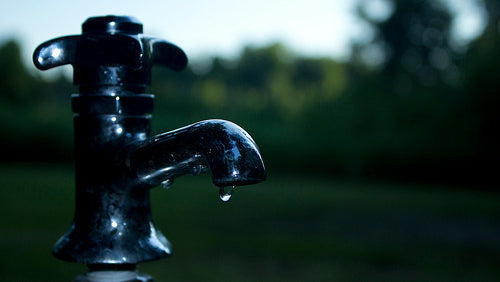
New Report Identifies Key Factors that make Public-supply Wells Vulnerable to Contamination
By Dan DeBaunShare
Public-supply wells provide drinking water to approximately one third of the American population, but many of these wells are vulnerable to contamination by both naturally occurring pollutants such as arsenic, radon and uranium, as well as anthropogenic contaminants such as VOCs from chemical solvents and gasoline, and nitrogen from fertilizers, animal waste and septic tanks, which leaches through soils to contaminate the ground water system.
A recently published USGS report has identified key factors that predispose public-supply wells to contamination. The report not only provides a clearer understanding of which contaminants are likely to be transported to a public-supply well, but also provides more clarity on how and when they are likely to get there, and at what concentration levels.
“Improving the understanding of the vulnerability of public-supply wells to contamination is needed to safeguard public health and prevent future contamination,” said Suzette Kimball, acting USGS Director. “By examining ten different aquifers across the nation, we have a more thorough and robust understanding of the complexities and factors affecting water quality in our public supplies.”
The study assessed factors that affected the vulnerability of public-supply wells to contamination across ten different study sites across the US, including: Modesto, California; Woodbury, Connecticut; York, Nebraska; Glassboro, New Jersey; Albuquerque, New Mexico; Dayton, Ohio; Salt Lake City, Utah; San Antonio, Texas; as well as areas near Tampa, Florida; and Carson City and Sparks, Nevada.
According to the report, some critical factors that affect the vulnerability of public-supply wells include:
The source/s of the water and the pollutants in the water that have leached through soils into the groundwater to contaminate the well. The geochemical environment that the groundwater is exposed to. The range of ages of groundwater that feeds a well.“Common sense might say that wells located near known contaminant sources would be the most vulnerable, but this study found that even where contaminant sources are similar, there are differences in public-supply-well vulnerability to contamination,” said Sandra Eberts, team leader of the study.
The study revealed that environmental conditions in certain aquifers enables pollutants to linger in the groundwater for longer periods or may allow them to move to wells quicker compared to other aquifers where conditions differ. Groundwater and contaminants may travel through direct pathways, such as fractures and fissures in rocks, which makes it difficult to identify which land surface areas should be prioritized for protection from contaminants.
The study also found that changes in the rate of water recharge and rate of groundwater flow as a result of human activities – high volume pumping for irrigation and to supply public water needs -- led to changes in the geochemical environment in many of the study sites. When geochemical conditions are altered, very often naturally occurring drinking water pollutants, such as uranium and arsenic, are released into the water, and consequently the concentrations of these contaminants in public-supply wells increase as a result.
By gaining a better understanding of how human activities can alter conditions that determine which pollutants within an aquifer are released into the groundwater, and by getting a clearer picture of how these contaminants will persist in the groundwater, water managers will be able to anticipate potential water quality issues and budget for any costs associated with treating water to make it safer to drink.
If you would feel safer taking matters into your own hands, a top quality drinking water filter, such as the Berkey range of water filters fitted with Black Berkey Filters and PF-2 Fluoride and Arsenic filters, will remove most naturally occurring and man-made drinking water pollutants allowing you to have more control of what you and your family does or does not ingest.
Reference: This new report, Factors affecting public-supply-well vulnerability to contamination: understanding observed water quality and anticipating future water quality, was done by the USGS National Water-Quality Assessment Program. NAWQA conducts regional and national assessments of the Nation's water quality to provide an understanding of water-quality conditions, where conditions are getting better or worse over time, and how natural features and human activities affect those conditions. Eberts, S.M., Thomas, M.A., and Jagucki, M.L., 2013, The quality of our Nation’s waters—Factors affecting public-supply-well vulnerability to contamination—Understanding observed water quality and anticipating future water quality: U.S. Geological Survey Circular 1385, 120 p.-
Regular price From $302.00 USDRegular priceUnit price / per
-
Regular price $234.00 USDRegular priceUnit price / per
-
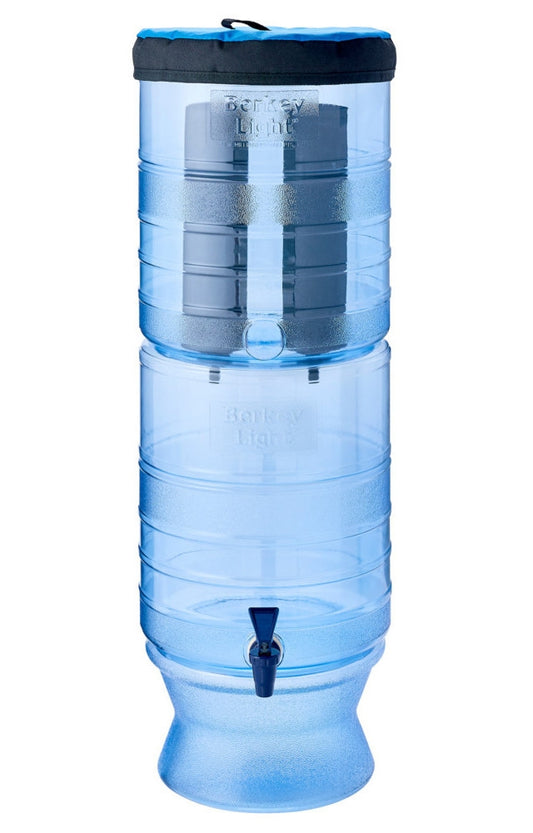
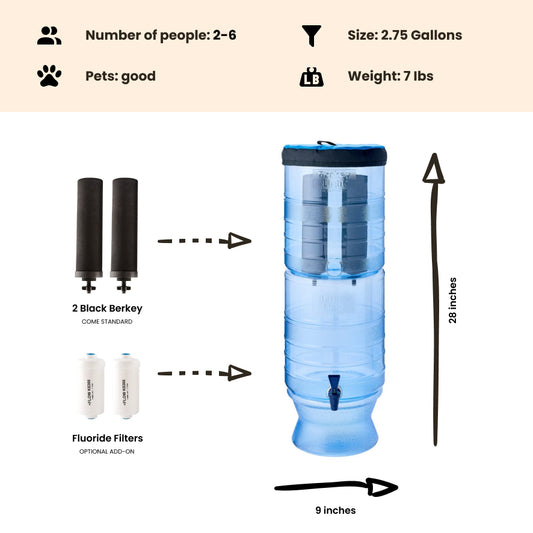 Sold outRegular price From $305.00 USDRegular priceUnit price / per
Sold outRegular price From $305.00 USDRegular priceUnit price / per -
Regular price $327.00 USDRegular priceUnit price / per
-
Regular price From $367.00 USDRegular priceUnit price / per
-
Regular price From $408.00 USDRegular priceUnit price / per
-
Regular price From $451.00 USDRegular priceUnit price / per

Dan DeBaun
Dan DeBaun is the owner and operator of Big Berkey Water Filters. Prior to Berkey, Dan was an asset manager for a major telecommunications company. He graduated from Rutgers with an undergraduate degree in industrial engineering, followed by an MBA in finance from Rutgers as well. Dan enjoys biohacking, exercising, meditation, beach life, and spending time with family and friends.
~ The Owner of Big Berkey Water Filters


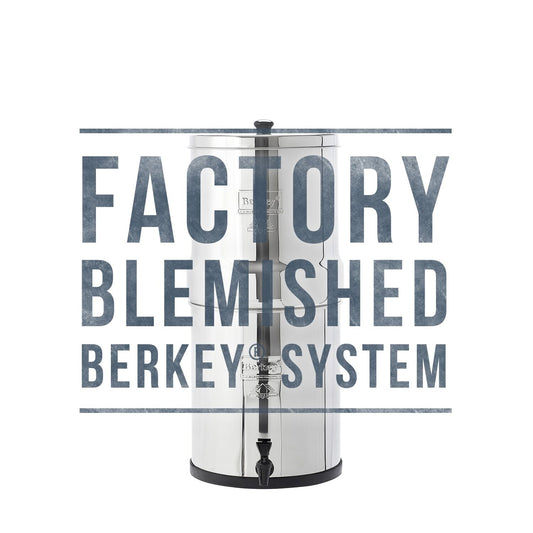
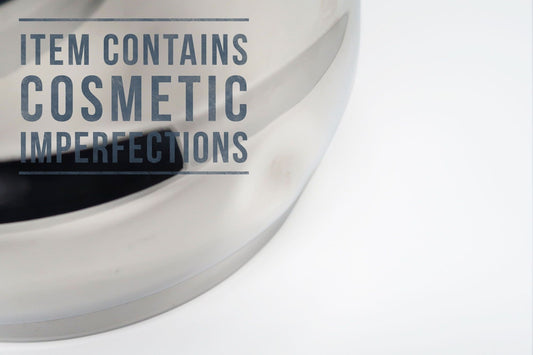








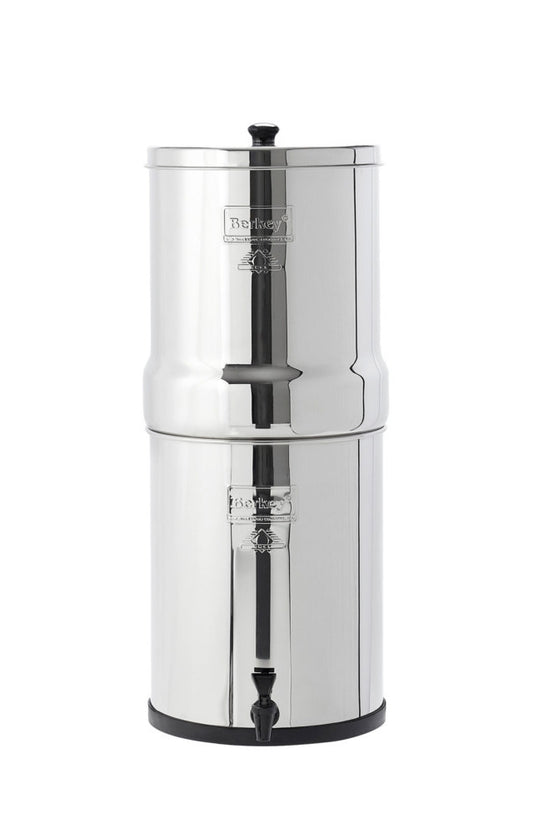
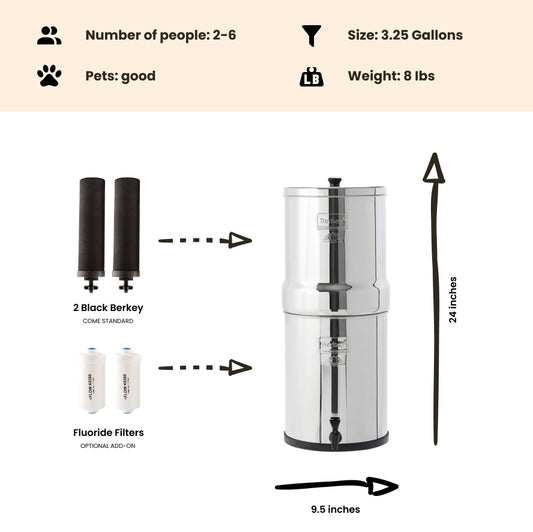



where do I go to have my well water tested?
Hi Margaret -
Typically your town will provide this service free or at a reasonable rate. If not, you would need to find a lab in the area, however this may be cost prohibitive.
Thanks
Dan